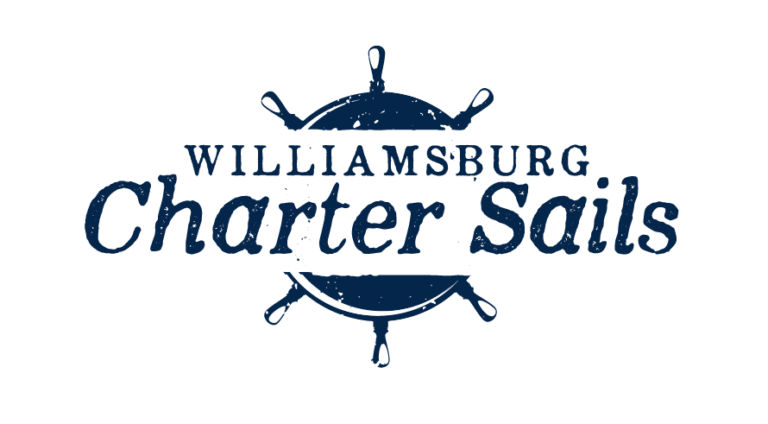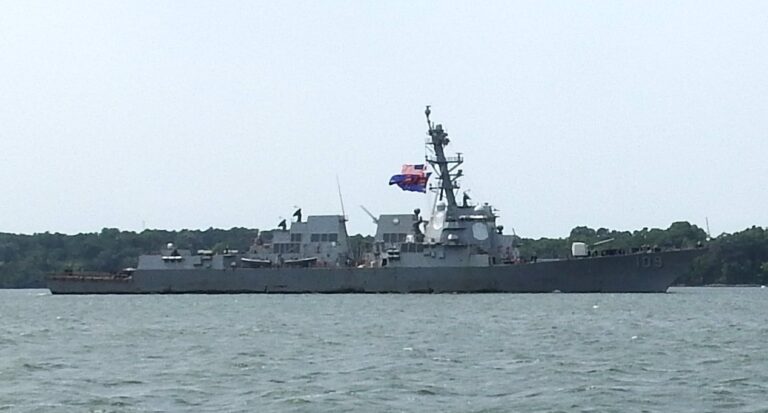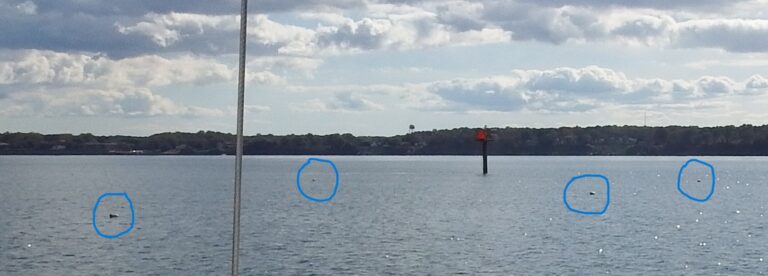Among six people sailing the York River near Williamsburg, two had close connections to Virginia’s community college system. We sailed past college like never before.
Susan Wood of Glen Allen retired as the top academic officer for the entire system of 23 colleges spanning 41 campuses. Part of her job was to approve the curriculum submitted by faculty and staff for any given community. Certain courses in radiology or electronics might play better in one part of the state than another due to supply and demand. Sure enough, Eric Davis of Chesapeake just started the radiology program at Tidewater Community College and he’s happy with it.
Susan said, “Studies have found that our graduates tend to make more money during the first six months and first year out of college than comparable liberal arts graduates. But you have to go out 20 years to see if that holds true over time.” She also admitted that the community college system didn’t do a good job of selling the public on the quality and success of the programs. “We’re doing a better job of that today.”
The economy and competitive factors have led more students to start at the community college level and transfer after two years to a four-year state school. “William and Mary was one of the toughest to negotiate over that,” Susan said. In part, she conceded that W&M did not want to dilute its elite base of top tier students. That status consistently puts the college in the Top 10 of “public Ivies,” the so-called public Ivy League of national universities. “Our students do well at the four-year universities, graduating with the best of them.”
Another reason W&M resisted in-state transfers has to do with development. Four-year graduates tend to be more loyal to their alma maters and thus more willing to donate money over the course of their career. The transfer students often come from less wealthy families and have to scramble to pay the four-year tuition.
Another economic factor is the for-profit trade school. Susan pointed out the scandals surrounding some of the chains. “They’re charging big fees and not delivering on results, leading students to run up big student debt without a way to pay it.”
Eric chose TCCC over ECPI for that reason. “It was too expensive, and my courses are just as good or better.”
It seems inexplicable that high schools don’t do a better job of teaching the trades, as if everyone should go to college. Susan had no answer for that except to say, “We’re the only system in Virginia focusing on jobs, except for the Apprentice School at Newport News Shipyard.”
We sailed along, contemplating the future of jobs and higher ed.



